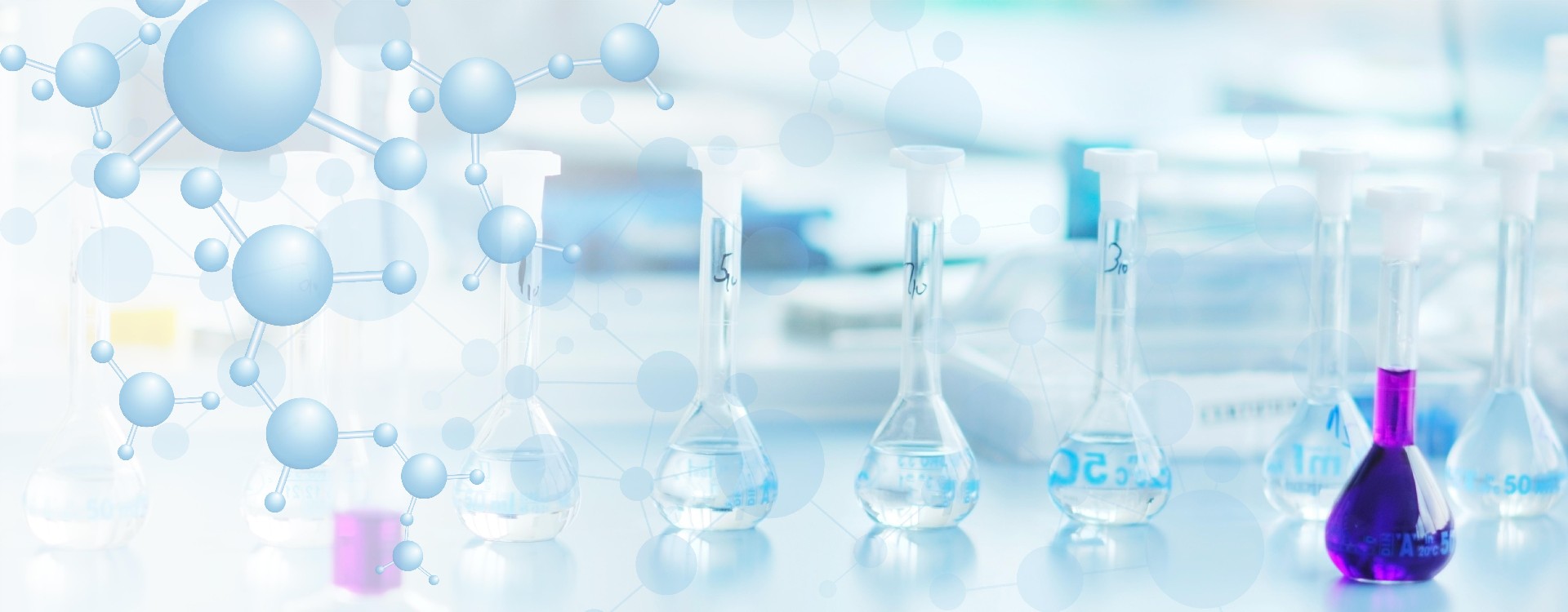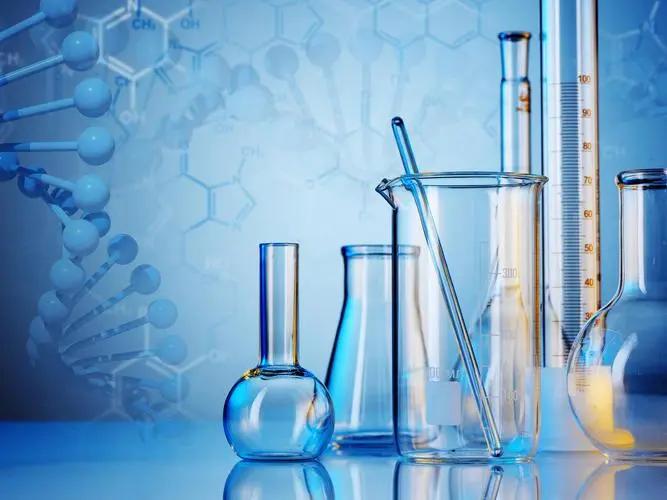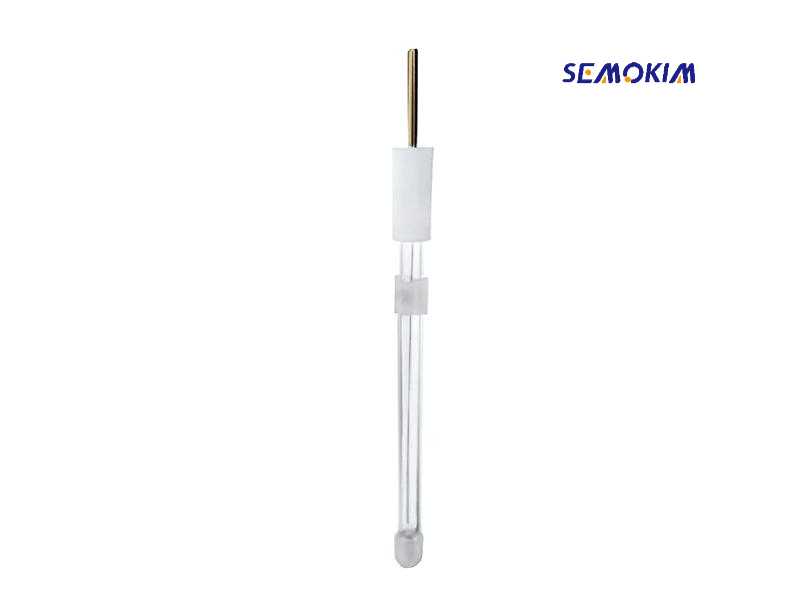

Ag/AgCl Reference Electrode | |
Model | Model:SR301 |
Material | Glass + brass rod. Electrode diameter Φ6 or Φ4mm |
Feature | u Electrode internal resistance:≤10KΩ u The fluid collateral velocity:≥ 10 mints/1 drop u Electrode composed of a solid silver chloride immersed in a solution containing Cl-, which can be expressed as Cl-(xmol·L^-1)|AgCl,Ag, electrode reaction is AgCl+e-→Ag+Cl-. |

Maintenance and precautions
The type SR301 reference electrode chamber was filled with a 3.5M KCl solution. You can also use the saturated KCl Solution filling.
The salt bridge in the electrode should not contain bubbles, so as not to block the measurement circuit or cause abnormal test curve, if there are bubbles, flick the electrode with fingers to make the bubble float.
When measuring, please keep the salt bridge liquid level in the electrode higher than the test electrolytic solution, so that to avoid the test solution osmosis electrode solutions to cause the changes of solution concentration or composition.
Electrodes should not be used for the measurement of any medium has reaction with salt bridge solution, especially the formation of mediator of the precipitation reaction nature , it will block the micropore of the fluid collaterals and scrap the electrode. When use for chloride-containing solutions, it will be disturbed by trace oxygen in an acidic solution, it can be protected by inert gas in accurate work. It is not suggested to use for any solution with HNO3 or Br- , I-, NH4, CN- ion. When you have to use it on these situation, it is recommended to add a salt bridge between the electrode and the tested solution to make isolation.
The liquid solution in the electrode can be supplemented. Please check the solution height, you can refill with the corresponding concentration of KCl solution if the solution height is low too much. When you need to refill solution into SR301/ 4mm reference electrode, please slowly remove the white PTFE cap (to prevent silver chloride scratches) and inject solution into the glass tube with a syringe and then slowly insert the glass tube into the white PTFE cap, there is a small hole on the PTFE cap , solution over-injection will have a small amount of outflow, rinse with clean water can wipe clean, it doesnot affect the use. When refilling solution into the SR301 (6mm) reference electrode, remove the hose in the middle of the electrode to reveal a small hole and inject the solution into the glass tube. When refilling the solution into the model SR302 reference electrode, first remove the glue cap of the injection port of the upper part of the electrode, extract and clean the original salt bridge solution with the syringe,then inject the new solution into it, the action must be gentle in case the head of the syringe needle broken electrode core.
The electrode body should be often cleaned and replaced with the salt bridge solution, the general attachment contamination should be cleaned in time, to keep the liquid collaterals working properly.
When taking the electrode cap, do not expose the electrode to the air for a long period of time (for minutes), otherwise the solution in the tube will leak and evaporate and dry, which may affect the electrode performance. If user donot use the electrode in short-term, please immerse the liquid collaterals of the electrode in KCl medium. If the user will not use electrode for a long time, please replace new KCl medium to electrode salt Bridge and sealed store up the electrode from light.
The potential of the reference electrode is limited, please be attention to avoid using excessive current or voltage.
Please replace the reference solution frequently and clean the inner wall of the electrode.
Electrodes should not be cleaned under ultrasound.